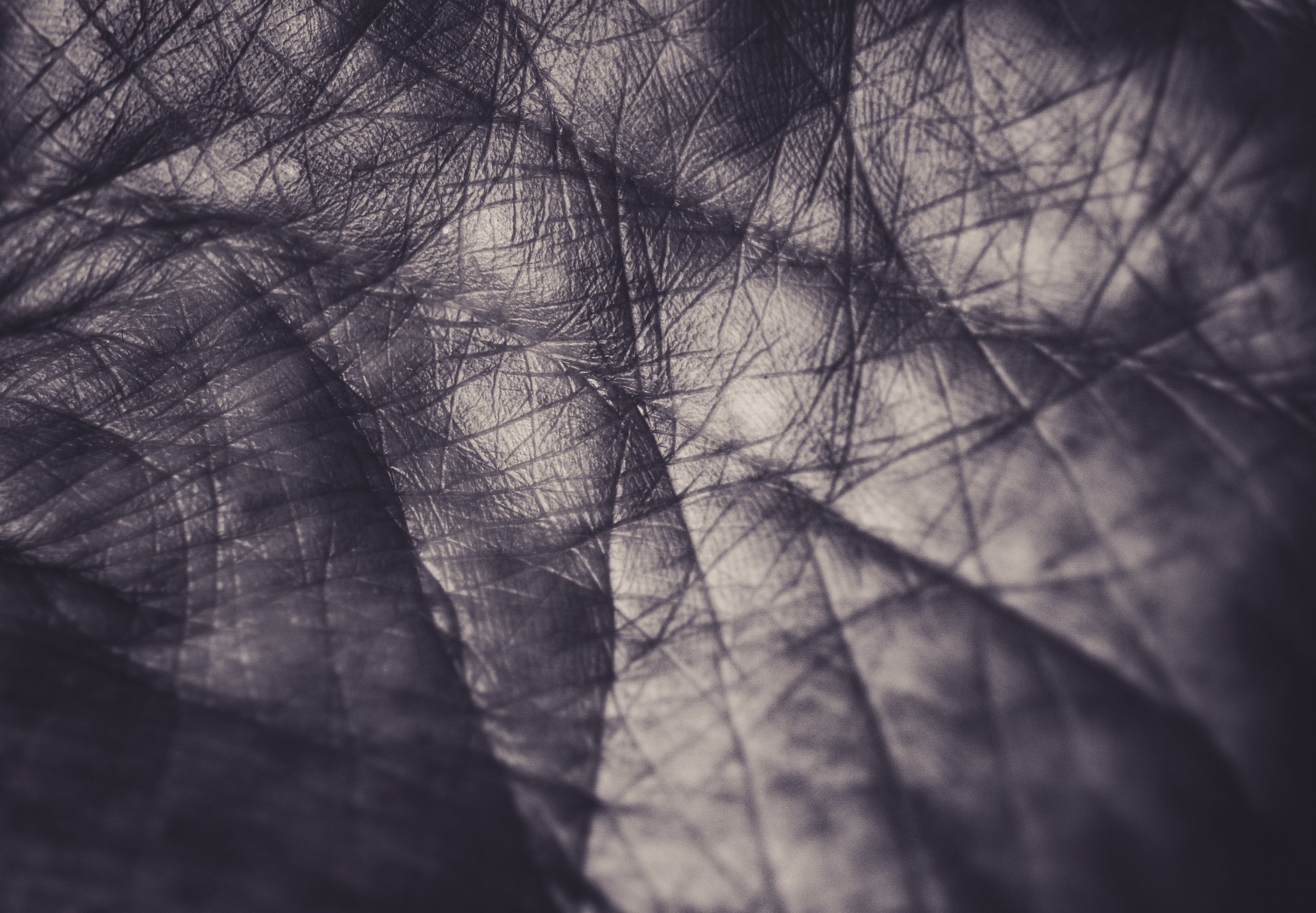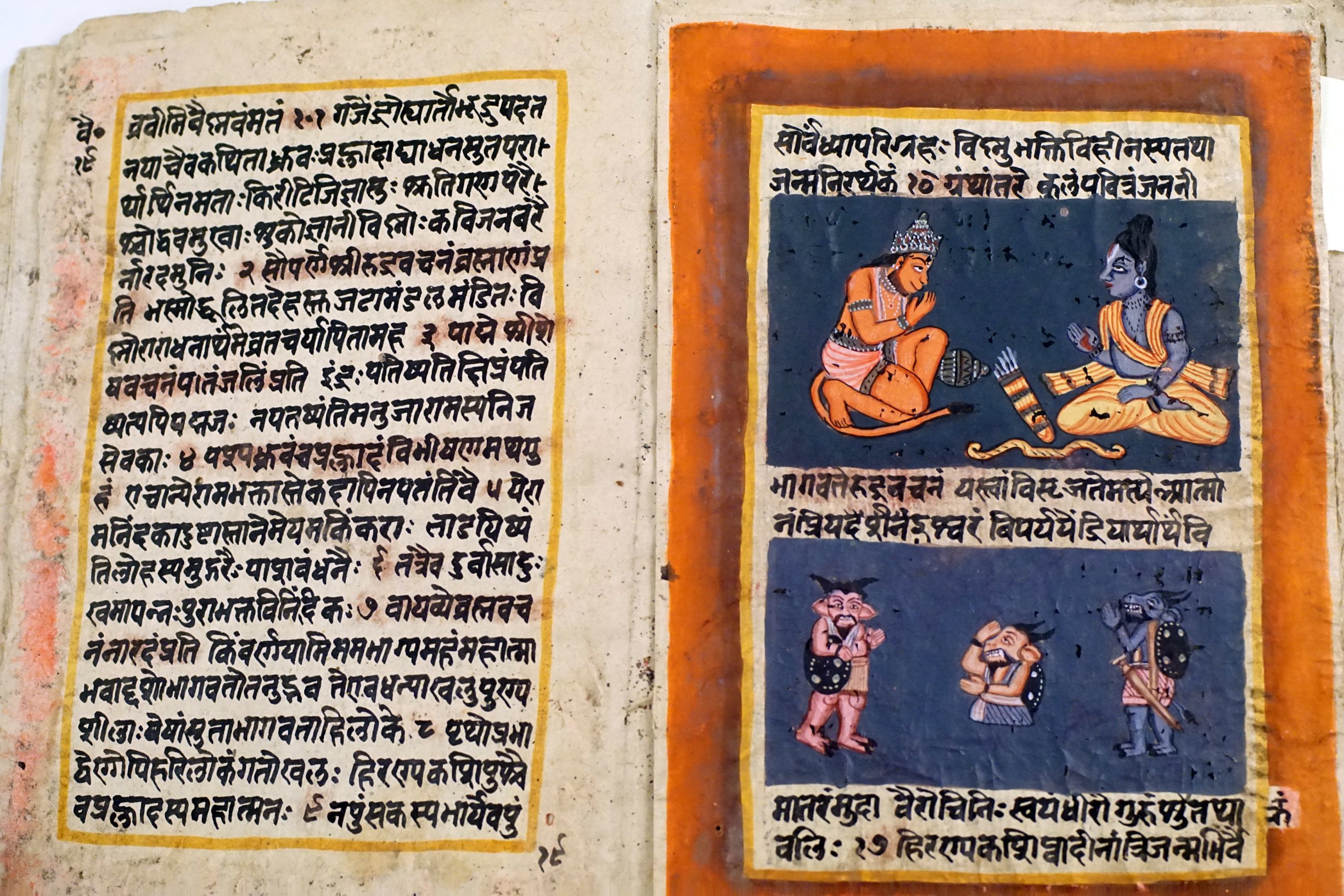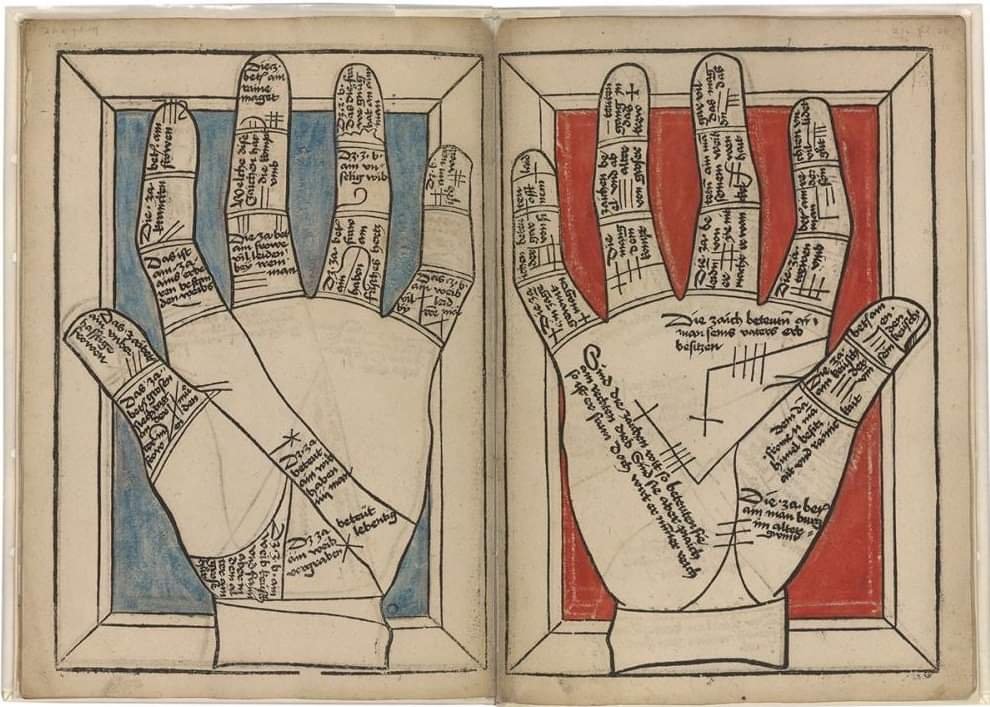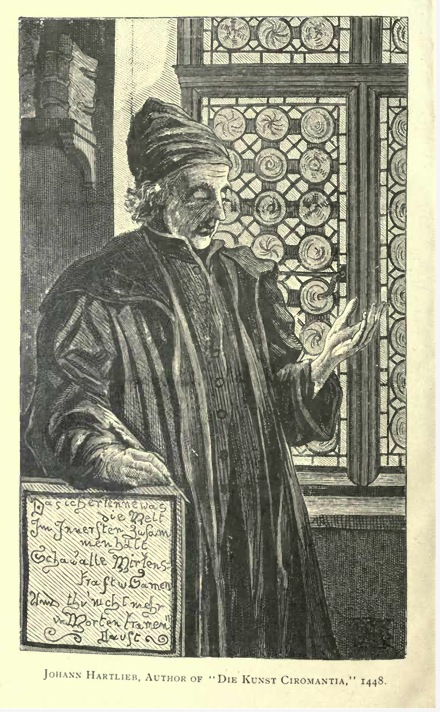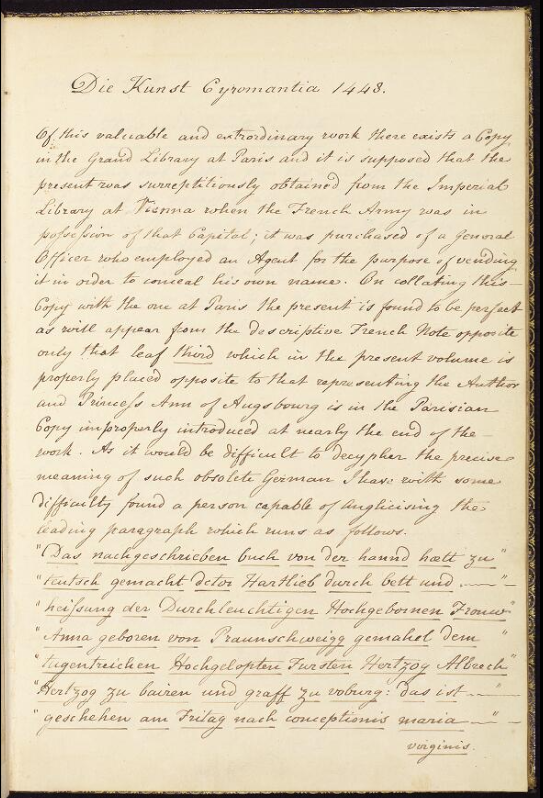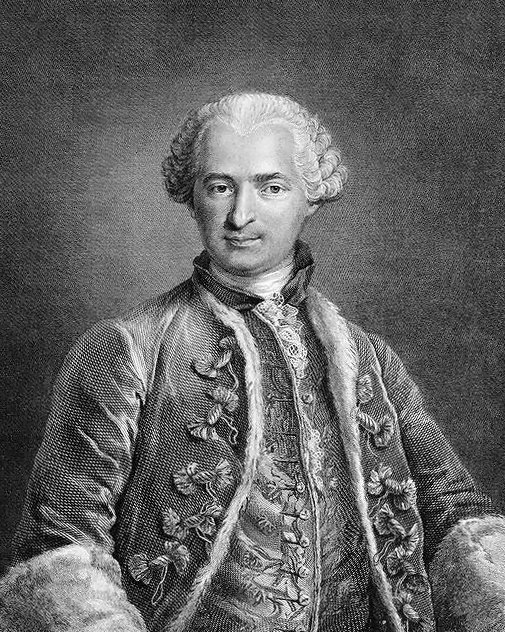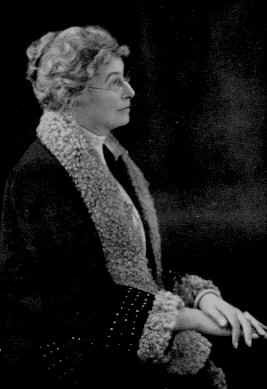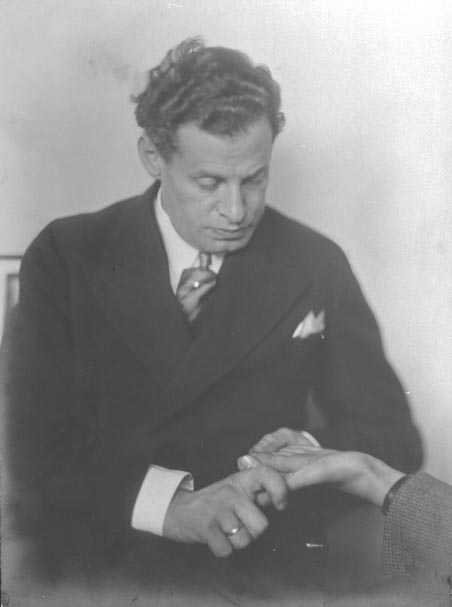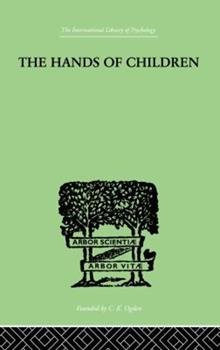History of Palmistry
Transcript:
Lord Vishnu and his wife Lakshmi are floating on a coiled serpent in the primeval ocean of milk. Vishnu is doing yoga, as you would expect, when a lord of the sea approaches and begins to write on the bodies of the divine couple.
What is he writing? And what in God’s name does this have to do with genetics?
Glad you asked.
Throughout the ages, palmistry has gone from something sacred, handed down from the gods, the creators of the Universe, to something that could get you killed if you got caught doing it. But even past all that, taken out of religious and spiritual contexts, palmistry and the study of the hand have led to discoveries in the study of skin patterns which geneticists today are using to try and identify things like down syndrome.
But before we follow palmistry’s adventure, hit that subscribe button, sit back, relax and let's get back to Vishnu and his consort.
So it’s around 3000 BCE and this divine couple has just had markings imprinted on their bodies. What were they?
On their skin, they found ridges, lines, and symbols that were written so guidance could be provided to humanity.
Lord Vishnu shared this knowledge with the Hindu people so they could know themselves and reach their fullest potential.
Sages coveted this information, passing it down from generation to generation. When it was finally written, it was kept in a sacred book that continued throughout the ages.
But true human nature is hard to overcome and after having this information for only 1500 years, the Hindu sages and priests had to be reminded not to use sacred knowledge like palmistry for personal gain.
So the Laws of Manu were written which was the guidance for the political and priestly classes in Ancient India to follow.
For the next 1000 years, the sages and priests continued to follow this sacred guidance. Sharing it with their people and with travelers, spreading the divine guidance in our hands to places like China, Egypt, and Europe.
When the knowledge of palmistry made it to Greece in the mid-300s BCE, the great thinkers of the time combined it with what they knew about the workings of the world. Philosophers combined what they knew of medicine, astrology, and the Universe and surprisingly came up with information that was very similar to what the Indian sages had from Vishnu.
Was the information Vishnu had given the Hindu sages all those years ago, the same information that our great Greek philosophers were now pontificating? How did these two ancient intellectuals come to the same conclusion with such a distance between them?
We may never truly know.
During this time, palmistry was widely used to tell of a person's character; who they were and what their potential was. In one of Aristotle's works, ‘Of palmistry showing the various Judgments drawn from the hand’ he details several techniques to do just that. One such insight he wrote was:
“The Liver-line, if it be strait, and cross'd by other Lines, shews the Person to be of a sound Judgment, and a piercing Understanding: But if it be winding, crooked, and bending outward, it shews Deceit and Flattery, and that the Person is not to be trusted.”
Alexander the Great, being a student of Aristotle, was said to use this understanding of palm reading to know the character of his officers.
Sadly, after Greece, we’re not really sure what did or didn’t happen to palmistry until after the Dark Ages, as a lot of information was lost or destroyed during that time.
In the Dark Ages, there was a lot of confusion about the differences between superstition, occultism, religious rituals, and sound knowledge, and palmistry got caught in the middle of all of it.
No longer being seen as divine guidance, but as superstition, these once-divine markings on your palm are no longer being used as guidance for humanity, but as a tool to separate humans from one another.
Events like the Crusades, the Inquisition, and other witch hunts were happening in Europe and although the knowledge of palmistry was condemned as witchcraft, the witch hunters themselves used a type of it to “identify” witches. Those who had pigmentation spots were said to be marked by the Devil, and thus a witch.
But even through these turmoils, the skill of palmistry survived as one of the “prohibited arts” of Renaissance Humanism which had a resurgence in the 15th and 16th centuries after the Dark Ages.
Now let me set the world stage a bit here.. It’s the early 1400s and the printing press has just been invented. Books and works that were lost were reprinted and the ones that were never penned due to fear, are being printed and shared over distances that were never possible before. Trade routes are established and the sharing of knowledge through trade and travel is common. The Medieval world is recovering from the Dark Ages and moving forward into the Renaissance.
Now being seen as exotic and fancy, the bourgeoisie and nobility took to these previously prohibited arts, including palmistry, bringing about one of its first revivals.
Palm reading is again becoming a pretty common practice. At least 7 palmistry books were published in the next 200 years that we still have copies of today. From these, we have learned a little more about the history of palm reading and have been able to see how the practice developed during this time.
In 1475, a German doctor named Yorg Schapf, published one of the first palmistry books to be published on the printing press, Die Kunst Ciromantia, which is a collection of palm images and his interpretation of their meaning.
From here we don’t see much going on with palm reading again until the late 1800’s when the popularity of palmistry and other prohibited arts seemed to ramp up again. No longer prohibited, these arts begin to be referred to as spiritual and occult, because there still seems to be some kind of supernatural influence over them that people can’t quite put their finger on…
When it comes to palmistry, we have one William John Warner better known as Cheiro, to thank in part for this re-found popularity. So here’s the low down on William..
As a boy he was interested in the spiritual arts, especially palmistry. So when he was old enough as a teenager, he traveled from London to a village in northern India to learn more about this art.
This is where he met his guru, who eventually allowed him to study that sacred book the Hindu sages coveted. He didn’t waste his time and thoroughly studied this text for two straight years.
On his return to London, he donned the name Cheiro and began offering palm readings to people in addition to the other spiritual arts that he practiced.
Now, you might be thinking that this would be kind of weird for someone to do back then.. but at this time spiritual arts were “the thing”. The social-religious movement of Spiritualism was in full swing for most of Cheiro’s life. Rituals like seances were popular among the wealthier classes and Societies for these spiritual arts were popping up all over Europe and England.
Cheiro may have been the one to bring palmistry back into the limelight during this time, but it wouldn’t have been seen as something out of the ordinary.
Palmistry had 2 societies to itself, The Chirological Society of Great Britain and the American Chirological Society. The founders of these societies were trying to continue the advancements in palmistry while trying to streamline the practice and prevent charlatans from abusing the art and scamming people.
By the time the Spiritualism movement ended around the 1920s, there were hundreds of books that included at least a chapter on palmistry. With the information so widely published, it's not surprising that we don’t have too much going on during this time that’s worth mentioning.
But on the flip side, with all of these books and writings on palmistry, it's no wonder that scientists of the early 1900s picked up where authors like Jorg Schapf had left off- trying to make connections from the marks on your hand to your health.
In the early 1900s, scientists were starting to analyze the patterns of the ridges on palms and feet to see if they could make any correlations. But It wasn’t until 1926 that this practice of ridge identification got a name. They called it Dermatoglyphics. But most of the work in this field didn’t really start happening until after World War 2.
Near the end of the second war, we find a psychologist named Julius Spier who wrote a book called The Hands of Children. In this book, he aimed to use palmistry to identify a child’s natural character, and based on the encouragement of notable psychiatrist, Carl Jung, he incorporated palmistry into his psychiatry practice. This is one of the first times that we see records of palmistry being used with psychology and Julius Spier called it psycho-chirology.
From the ancient art of palmistry to the study of the ridges on your fingers, the effect that palmistry and the human fascination with the meaning of the lines on our palms continues to intrigue us.
We have seen the development of fingerprinting as a means of identification. Focusing on the patterns of ridges and whorls on our fingers as unique marks that, with rare exceptions, no one else can have.
We also have geneticists who are trying to use the same lines on your palm that can tell your destiny to identify diseases present at birth. Most notably, there’s been research into the connection between palm prints and down syndrome.
Geneticists like Thomas Fogle, believe that there may be a way to identify down syndrome in a fetus using their palms instead of genetic testing.
From Vishnu to genetics, palm reading has endured the ages and continue to try to show us a way back to the divine.
Without palmistry, do you think there would have been the same fascination with the lines on our palms? I’ll start the discussion below for you to chime in on after you hit those like and subscribe buttons.
Thanks for watching and see you next time.


